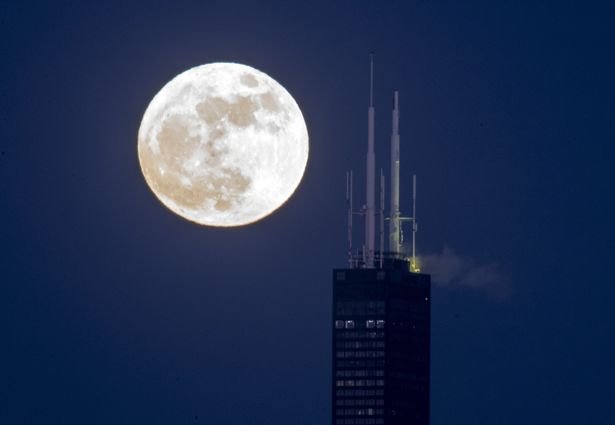Have you ever seen a "super blue blood moon"?
Nope, us neither.
But that's exactly what space agency NASA says will be viewable in the skies above the UK on the night of January 31.
A blue moon is when you have two full moons in the same calendar month, while a supermoon occurs when the moon is at a particularly close point in its orbit of the Earth, so it appears bigger.
And the term "Blood Moon" is used during a partial or total lunar eclipse. Occasionally during these eclipses, the moon can take on a deep shade of orange.
 Blue moons happen, on average, every two and a half years.
Blue moons happen, on average, every two and a half years.
It is the celestial phenomenon that gave rise to the phrase "once in a blue moon".
NASA explains that because there are roughly 29.5 days between full moons, it is extremely unusual for two full moons to ever "fit" into a 30 or 31 day month. It's also impossible to ever have a blue moon in February.